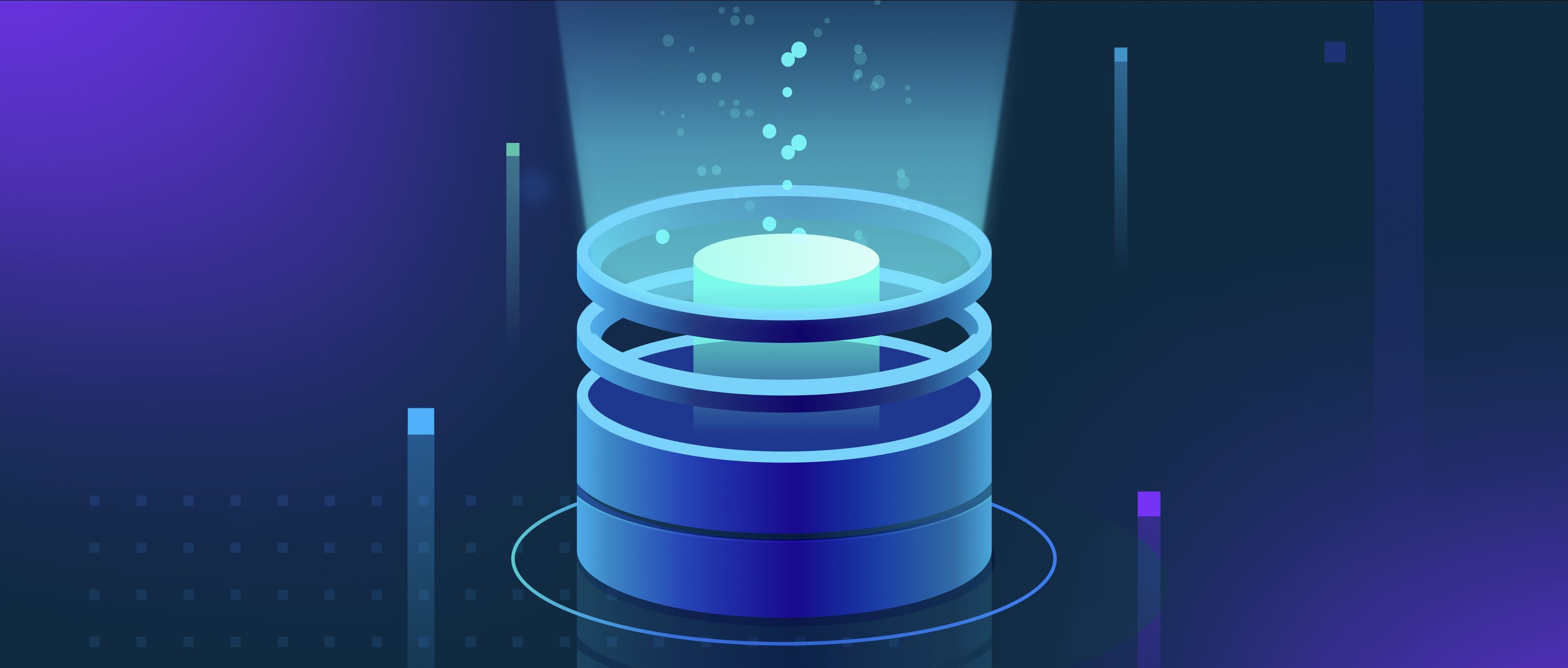Quantum error correction methods are essential for maintaining the integrity of quantum information, as qubits are prone to errors due to decoherence and other noise. There are several well-known methods for quantum error correction, with the most common being the Shor Code, the Steane Code, and surface codes. Each method employs unique techniques to detect and correct errors without measuring the qubits directly.
The Shor Code is one of the first quantum error correction codes and works by encoding a single logical qubit into nine physical qubits. This method uses redundancy to protect against bit-flip and phase-flip errors. Specifically, it involves spreading the information across multiple qubits and employing a series of error syndrome measurements. For example, if a phase-flip error occurs, the code can identify which qubit is affected and apply a correction to restore the intact logical qubit. This approach is a foundational technique in quantum computing because it showcases how quantum information can be preserved despite errors.
Surface codes are another popular method that use a two-dimensional array of physical qubits arranged like a grid. They are particularly effective because they require only local interactions among neighboring qubits, making them suitable for implementation in scalable quantum systems. Surface codes rely on measuring syndrome information, which helps identify the location of errors without disturbing the quantum state. An interesting feature of surface codes is their threshold theorem, which states that as long as the error rate is below a certain threshold, error correction can effectively mitigate errors. This makes surface codes highly promising for building large-scale quantum computers, as they can handle a significant number of qubits efficiently.
